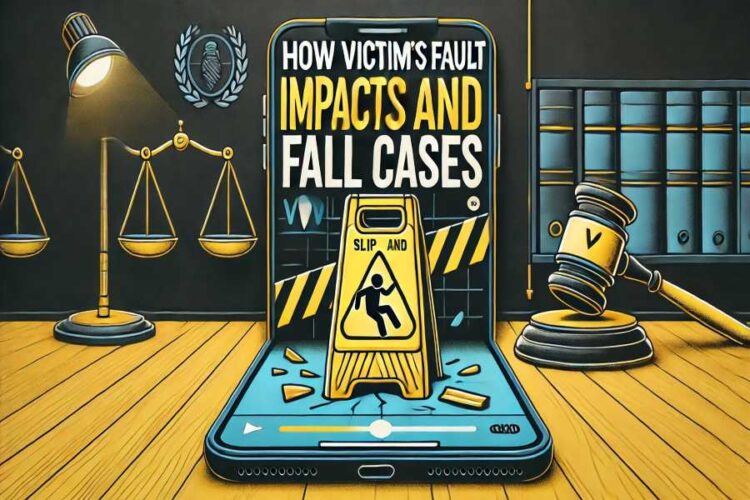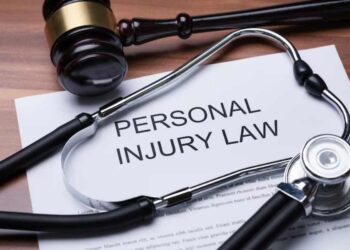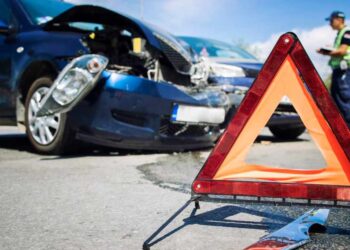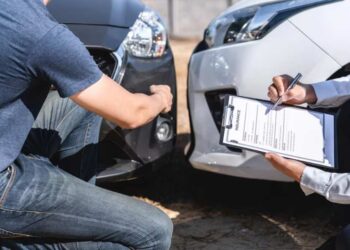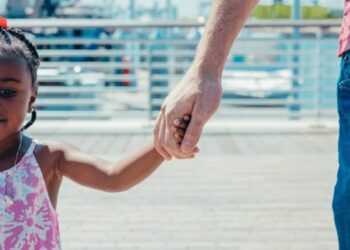Slip and fall cases might seem straightforward at first glance, but they often involve complex legal nuances. When someone suffers an injury from slipping or tripping on someone’s property, determining liability becomes essential. One of the critical factors in these cases is the concept of “victim’s fault.” But what does it mean, and how can it impact the outcome of a slip-and-fall case? This blog aims to unravel these complexities for you.
Slip and fall incidents can occur in various settings—from a wet supermarket floor to a poorly maintained sidewalk. While the property owner typically bears some responsibility for ensuring safety, the victim’s actions may also play a role. In this post, we’ll explore how this concept impacts such cases, what it means for victims, and how you can protect your interests if you find yourself in this situation.
Whether you’re directly involved in a slip-and-fall case or simply want to understand the legal landscape better, this blog will guide you through the essentials with practical examples and insights. By the end, you’ll have a clearer understanding of how a victim’s fault can influence these legal proceedings and what steps you can take next.
What is the Victim’s Fault?
Victim’s fault, also known as contributory negligence, refers to the idea that the injured party may have contributed to their own harm. In slip and fall cases, this means that the person who fell might be partially responsible for the accident. For instance, if someone was texting while walking and didn’t notice a warning sign, their actions could be seen as contributing to the incident.
This concept can significantly impact a case’s outcome. If the victim is found partially at fault, the compensation they receive may be reduced. Different jurisdictions handle this differently; some may bar recovery altogether if the victim is even slightly at fault.
Understanding the victim’s fault is crucial for anyone involved in a slip-and-fall case. It highlights the importance of personal responsibility and awareness of one’s surroundings. However, it also underscores the complexities of determining liability and the need for thorough legal analysis.
How Victim’s Fault is Determined
To determine the victim’s fault, courts typically assess the circumstances surrounding the fall. They consider factors like whether the victim was paying attention if there were visible warnings, and if the hazard was obvious. Testimonies, surveillance footage, and expert opinions often play a role in this evaluation.
Each case is unique, and there isn’t a one-size-fits-all approach. The court examines the behavior of both the property owner and the victim. For example, if a store owner failed to place a wet floor sign, but the victim was running through the aisle, both parties might share responsibility.
Legal teams present evidence to support their claims, aiming to demonstrate either the victim’s lack of caution or the property owner’s negligence. It’s a delicate balance, and the outcome can hinge on the smallest details.
Legal Implications of Victim’s Fault
The legal implications of the victim’s fault are profound. In states with contributory negligence laws, if the victim is even 1% at fault, they might not recover any damages. However, in comparative negligence states, the fault is divided proportionally, allowing victims to recover some compensation based on their level of fault.
This distinction can drastically change the stakes in a slip-and-fall case. Understanding these laws helps victims know what to expect and how to approach their case. It also encourages careful documentation and consideration of all aspects of the incident.
Exploring Common Scenarios
Slip and fall cases arise from a multitude of scenarios, each with its unique challenges. A common situation involves slips on icy sidewalks. If a property owner knew about the hazard and failed to address it, they could be liable. However, if the victim was wearing inappropriate footwear, their fault might also be considered.
Another scenario involves spills in supermarkets. While stores are expected to clean up spills promptly, customers are also expected to exercise caution. If a spill occurred recently and the store was addressing it, the victim’s awareness might become a focal point.
These scenarios illustrate the complexity of slip and fall cases. They highlight the need for careful examination of both the property owner’s actions and the victim’s behavior to reach a fair resolution.
The Role of Evidence
In slip-and-fall cases, evidence becomes a powerful tool. Photographs of the scene, witness statements, and medical records all contribute to building a strong case. They help establish the conditions at the time of the incident and the severity of the injuries sustained.
Victims should take immediate action to gather evidence. This might include photographing the hazard, noting the time and date, and collecting contact information from witnesses. Prompt documentation strengthens the victim’s position and ensures crucial details aren’t overlooked.
Consult a Lawyer to Get More Legal Information About The Case
Navigating slip-and-fall cases can be complex, and consulting a lawyer is often a wise step. Experienced slip and fall lawyers can provide valuable insights and guide victims through the legal process. They understand the intricacies of these cases and can help build a compelling argument.
Lawyers assess the evidence, determine liability, and negotiate with insurance companies. They ensure victims receive fair compensation for their injuries and losses. Additionally, they offer peace of mind by handling legal complexities, allowing victims to focus on recovery.
Insurance Considerations
Insurance plays a crucial role in slip and fall cases. For victims, medical expenses and lost wages can quickly accumulate. Having comprehensive insurance coverage ensures access to necessary treatment and financial support during recovery.
Property owners also benefit from insurance coverage. Liability insurance helps them manage potential claims and legal costs. It’s a vital component of risk management, providing protection in case of accidents on their premises.
Understanding Compensation
Compensation in slip and fall cases varies based on several factors. Medical expenses, lost wages, pain and suffering, and rehabilitation costs all contribute to the final amount. The extent of the victim’s fault also influences the compensation awarded.
Calculating compensation requires a thorough assessment of the victim’s losses. Legal professionals play a crucial role in this process, ensuring victims receive fair compensation that reflects their injuries and financial impact.
Understanding the role of the victim’s fault in slip and fall cases is essential for both victims and property owners. It influences liability, compensation, and legal strategies. By considering these factors, individuals can approach slip and fall cases with confidence and clarity.


